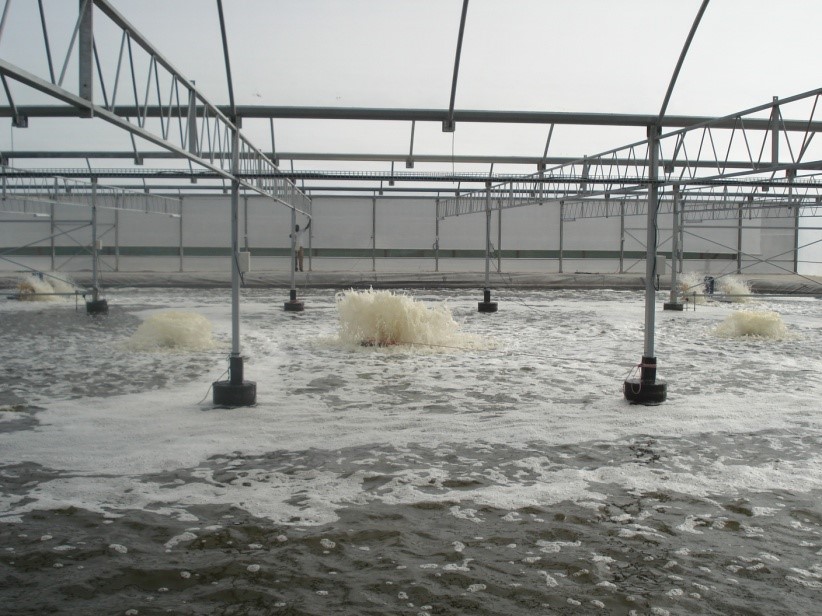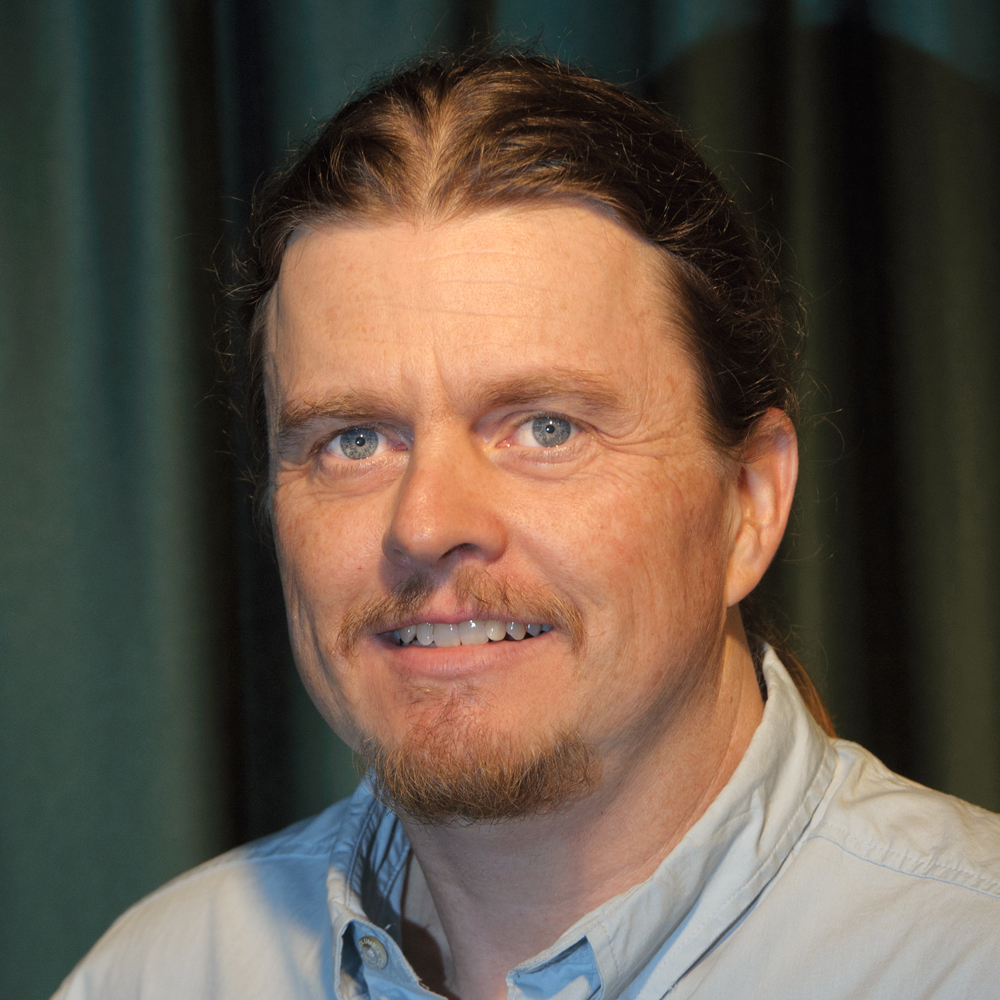This is a great article that appeared in The Fish Site about an investment opportunity here in Panama that my friend Bill McGraw has made available to select investors.
The time is right for Panama to engage new technology and be at the forefront of the aquaculture industry. There are many reasons to consider aquaculture investment in Panama with the right opportunity.
Size and species selection is paramount and the first consideration in profit potential that can help a potential investor exclude obvious pitfalls endured by failing companies.
For example, tilapia is not a very profitable option in the future for aquaculture investment. Tilapia is the second most widely grown fish in the world. It requires little skill to grow, it is incredibly easy to reproduce, hard to kill from disease and poor management and regrettably has a low dress out weight of just 30 per cent.
This last point is crucial when considering the profit potential of other species that are 60 per cent fillet by weight. Considering these facts tilapia is unlikely to be the species of choice for the savvy investor.
Large shrimp are a much better option.
Competing with commodity products from Asia is not possible and so the market advantage needs to be discovered in something that can’t be grown by your competitors. Taking advantage of the all year growing season, zero water exchange systems under structure can grow larger shrimp all year in any inland location up to 600 meters in elevation.
Location, Location, Location
Shrimp is the second largest trade deficit in the United States ($4 billion), and yet intensive shrimp production cannot be profitable in the US due to the high cost of land, labor, feed and electricity.
In addition, another preventative variable for intensive shrimp production in the US is the need for heat for 6 months out of the year as shrimp in aquaculture are tropical, and the US has temperate climate.
Any doubt to these statements can be extinguished with the development of a proper business plan, with a special note to unrealistic expected returns due to an incredibly high expected market price from a commodity size shrimp.
Panama has an established aquaculture infrastructure, with excellent feed pellet manufacturing, established hatchery infrastructure and proven processing capabilities with buyers in the high profile market countries of the US, Europe and Japan.
With labour, land and seed at 1/5 of the cost in the US and feed at 1/2 the cost, an idea profitability can begin to form.
Panama is out of the hurricane belt. Hurricanes cost the aquaculture industry in Latin America over $50 million in the past 25 years.
Panama has more than adequate rainfall to replace evaporation in zero water exchange systems. No open pond shrimp aquaculture system can produce all year like zero water exchange systems in Panama.
Monsoons of Asia, dry seasons and drought in nearly every country throughout the world, intense rainy seasons like that of Latin America during October, prevent continuous production in outdoor shrimp ponds, leading to shorter growing seasons and smaller shrimp.
Panama is also politically stable, with 2/3 of all the goods in the world transferred through the Panama Canal, this country has a track of dependable longevity. This small but quickly developing country has the fastest growing economy in Latin America with the best developed infrastructure. Panama has only 3.5 million people and the greatest amount of ocean front property per land area of any country in the world.
Disease
Open air ponds are used in 99 per cent of the current shrimp aquaculture industry. This paradigm is a looser at best with Asia, the industry leader, claiming a $US 20 billion loss due to disease during the last decade, resulting in 50 per cent reduction in production.
Open air ponds require water exchange to maintain water quality which is the main avenue for disease transfer and so the avoidance of pathogen introduction is difficult. The constant threat and presence of disease is responsible for early harvests of small shrimp to prevent further losses.
Determination of product origin technology is increasing and will be used to a much greater advantage than what is used now to reject disease and contaminated shrimp shipments.
Currently, the US inspects less than 2 per cent of all seafood imports. Approximately 1/5 of all seafood imports rejected tested positive for salmonella during the period of 2003-2006.
Panama is a closed aquaculture country that does not import any shrimp or shrimp products. It is fully Specific Pathogen Free and has been disease free for 20 years.
So why hasn’t Panama made the shift in paradigm already?
Shifts in paradigm require confidence, knowledge, wisdom and courage. This translates into an ability to understand, incorporate and develop a new technology requiring due diligence and commitment on the part of the investor. But all shifts in paradigm require the same.
Consider this – newaquatechpanama.com.
Dr Bill McGraw
Dr Bill McGraw specializes in zero water exchange systems which are disease free and have a positive impact on the environment.
Originally from Pennsylvania, Dr McGraw has a PhD from Auburn University, completed a post-doctorate fellowship from HBOI in Florida and has lived and worked in the field of aquaculture in 5 countries for over 20 years. newaquatechpanama.com

